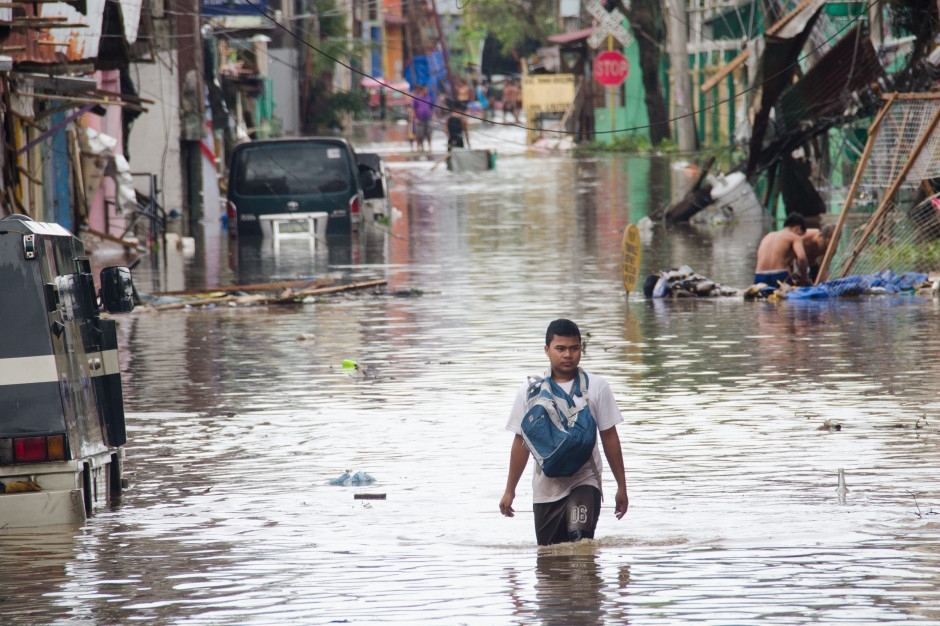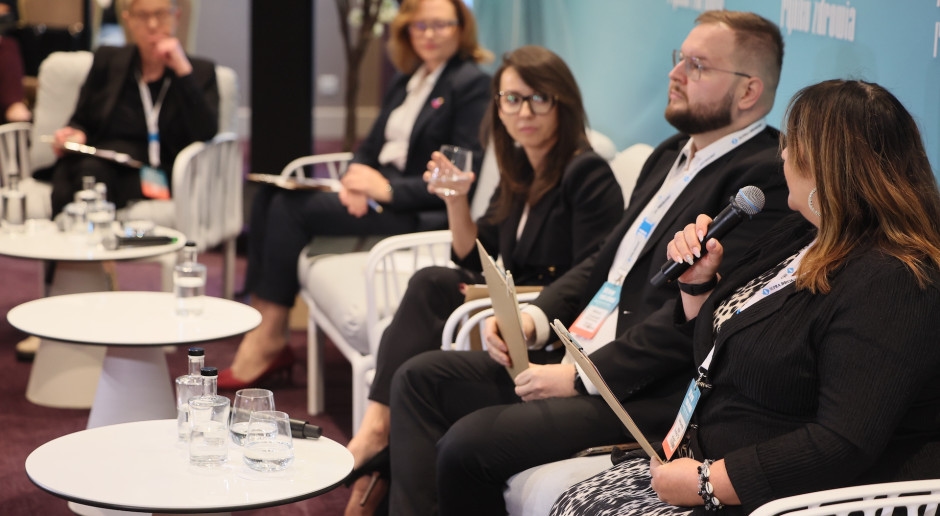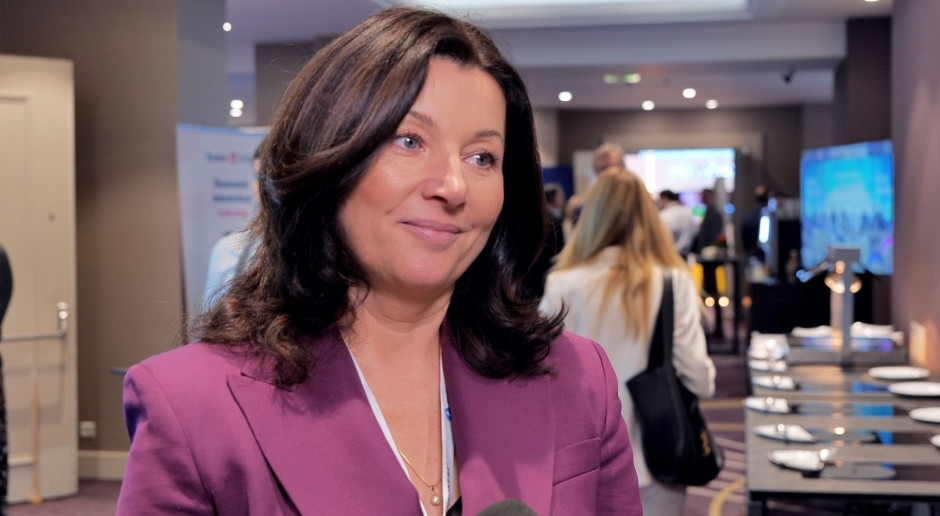Pediatric neurologist: completely different risk factors for stroke in children than in adults

The specialist also pointed out that stroke in children is classified as a rare disease, so a doctor may not suspect it in a young patient, especially since the symptoms of stroke in the pediatric population are often non-specific, which delays diagnosis and the implementation of effective treatment and can have dramatic consequences for the child.
Polish recommendations for the diagnosis and treatment of stroke in children and adolescents have been published in 2023 in the journal Neurologia i Neurochirurgia Polska, and in 2024 in a compendial format in the journal Standardy Medyczne Pediatria. This is a ready-made tool for physicians that explains how to manage a pediatric patient who has symptoms that may indicate the acute phase of stroke.
On Wednesday (October 22), media reports surfaced that a 9-year-old boy was admitted to the University Hospital in Zielona Góra with a confirmed acute ischemic stroke. The child had speech difficulties and visible weakness in his right-sided limbs. Thanks to rapid diagnostics, diagnosis, and thrombolytic treatment, the stroke symptoms resolved, and the boy regained full mobility.
"Stroke in children is a rare disease. Its incidence in the pediatric population is estimated at three to 13 cases per 100,000 children per year. This is many times lower than in adults. And if we compare this to the elderly population, it is even 100 times lower," explained Professor Ilona Kopyta, a pediatric neurologist specializing in pediatric stroke research, from the Medical University of Silesia, head of the international GAPSER (Global Alliance for Pediatric Stroke Epidemiology and Resources) working group established within the International Pediatric Stroke Organization (IPSO), and an expert on pediatric stroke at the European Medicines Agency, in an interview with PAP.
The specialist noted that when doctors speak of children, they mean patients between 29 days and 18 years of age. In the pediatric population, hemorrhagic strokes constitute slightly more than 50% of strokes, with the remaining percentage being ischemic strokes.
These proportions are slightly different than in the case of adult patients, in whom the percentages are estimated at 20% and 80%, respectively.
Professor Kopyta explained that among pediatric patients, strokes most often occur in newborns, especially premature infants, and in children aged 2 to 4 years. The next age group at increased risk of stroke is teenagers. Each of these age groups has its own unique risk factors.
"The risk factors for stroke in children are completely different from those in adults," the neurologist emphasized. She reminded that in adults, these include alcohol abuse, obesity and diabetes, hypertension, and hypercholesterolemia. "We can influence many of these factors; we can do something to prevent stroke. However, in children, many of the risk factors are genetically determined. These include, above all, heart defects and a congenital tendency to hypercoagulability (thrombolysis) in newborns," said Professor Kopyta. In the case of heart defects, clots can form, which travel to the vessels supplying blood to the brain and block one of them, resulting in a stroke.
In the group of children aged 2-4, the dominant risk factors are arteriopathies, i.e., damage to the wall of an arterial vessel that supplies the brain—for example, the middle cerebral artery or the internal carotid artery. This pathology leads to poor blood flow within the brain tissue in a given area and oxygen deprivation.
"These arteriopathies are not caused by atherosclerosis, as in adults. In our region, the most common cause is focal cerebral arteriopathy of childhood (FCA), which is usually acquired as a result of a respiratory infection. It is accompanied by vasculitis," explained Professor Kopyta.
She noted that one of the infections that predisposes children to vasculitis and stroke is chickenpox. "Post-varicella arteriopathy accounts for 7% of all arteriopathy in childhood stroke. It is believed that the causal relationship between the two can persist for up to a year after chickenpox," the neurologist emphasized. She noted that chickenpox vaccinations are not mandatory for children.
- It is better to vaccinate the child and avoid not only the disease itself with a rash, but also its potential serious consequences, such as cerebellitis, encephalitis, spinal cord inflammation or ischemic stroke - the specialist mentioned.
She emphasized that in the case of stroke in adolescents, the most common risk factors are inflammatory diseases, but the use of stimulants could also potentially be considered. Observational studies, especially in young adults, suggest a link between stimulants and a higher risk of stroke. These studies show, for example, that amphetamines increase the risk of ischemic stroke, while cocaine increases the risk of hemorrhagic stroke.
Professor Kopyta noted that identifying stroke risk factors in children and adolescents requires numerous tests (not only brain imaging but also toxicological tests). "However, even in one-third of children with stroke, it is not detected. This is a difficult situation, also for the parent," the neurologist said.
International research indicates that the main problem is the lack of awareness, both among the public and the medical community, that children can suffer from a stroke. Because it is a rare disease, doctors rarely encounter it. This means that a child with stroke symptoms is often not diagnosed early enough and is not treated as an urgent case. "In our society, stroke is the domain of older adults; then, acute neurological symptoms are quickly recognized as a potential stroke, but a child is not treated as a potential stroke patient, hence the delays in diagnosis," explained Professor Kopyta.
The neurologist explained that stroke symptoms in children depend on the patient's age and the location of the ischemia. In children in their teens or early teens, if the stroke is located in the cerebral hemisphere, the symptoms will be similar to those in adults: paralysis on one side of the body and speech impairment. However, in a newborn or infant, stroke symptoms are often nonspecific, such as impaired consciousness and seizures. These symptoms can indicate a wide variety of health problems, which is why diagnosis is difficult.
This is one of the reasons why most children with stroke have their first CT or MRI scan performed more than 20 hours after the onset of the illness. "This group of children is already a priori disqualified from treatment for the underlying cause of stroke, which includes thrombolysis (dissolving the clots in the vessel that led to cerebral ischemia – PAP) or thrombectomy (mechanical removal of the clot from the vessel – PAP)," assessed Professor Kopyta.
The data she cited indicates that approximately 4% of children with stroke die in the acute phase of the disease. This is particularly true for infants and young children with heart defects and multiple stroke foci.
"Children who survive the acute phase of the disease will largely have permanent neurological deficits, such as reduced limb activity on one side of the body. Furthermore, most children experience deterioration in cognitive abilities, such as learning, memory, and concentration. They may experience greater difficulties in school," the neurologist said. Several percent of children will develop post-stroke epilepsy.
"It's important to remember that when we talk about the effects of a stroke in a child, we're talking about a lifetime, for example, 70 years. Therefore, it's a huge problem for the entire family and a challenge for the patient," the specialist said.
She noted that to help physicians quickly diagnose and care for children and adolescents with stroke, specialists have developed the previously mentioned Polish recommendations for the diagnosis and treatment of stroke in the pediatric population. These recommendations were developed by a group of pediatric stroke experts representing such specialties as pediatric and adult neurology, hematology, radiology, neonatology, and cardiology.
"Not all European countries have such recommendations, so we can be proud. As part of their continuing education, every pediatric physician can and should use them to know what to do when a child presents with stroke symptoms," emphasized Prof. Kopyta, who is also co-author of a textbook for physicians on stroke in pediatric patients, published by the Polish Association of Pediatric Strokes (PZWL) in 2021.
In her opinion, it's crucial to reach out to doctors with the knowledge that a child's acute symptoms may be caused by a stroke. This increases the chances that the child will receive prompt diagnostics and benefit from effective stroke treatment methods," the neurologist explained. She added that a CT scan or MRI of the brain should be performed within an hour of arrival at the hospital.
"If we delay and wait for the symptoms to subside, we immediately deprive this child of the opportunity for effective treatment," said Professor Kopyta. She reminded that thrombolysis can be performed in a child with ischemic stroke, just as in adults, within a time window of 4.5 hours from the onset of symptoms.
The neurologist noted that recombinant tissue plasminogen activator used for this purpose can be administered – according to the summary of product characteristics – from the age of 16. However, it can be used off-label, i.e., in younger children, provided informed consent is obtained from the child's parent.
Doctors from Zielona Góra took advantage of this opportunity, thanks to which the boy's neurological deficits disappeared.
- This treatment is effective, but it must be administered early enough, which is why popularizing knowledge about strokes in children is so important - concluded Professor Kopyta.
Joanna Morga (PAP)
Science in Poland
jjj/ bar/ amac/
naukawpolsce.pl





